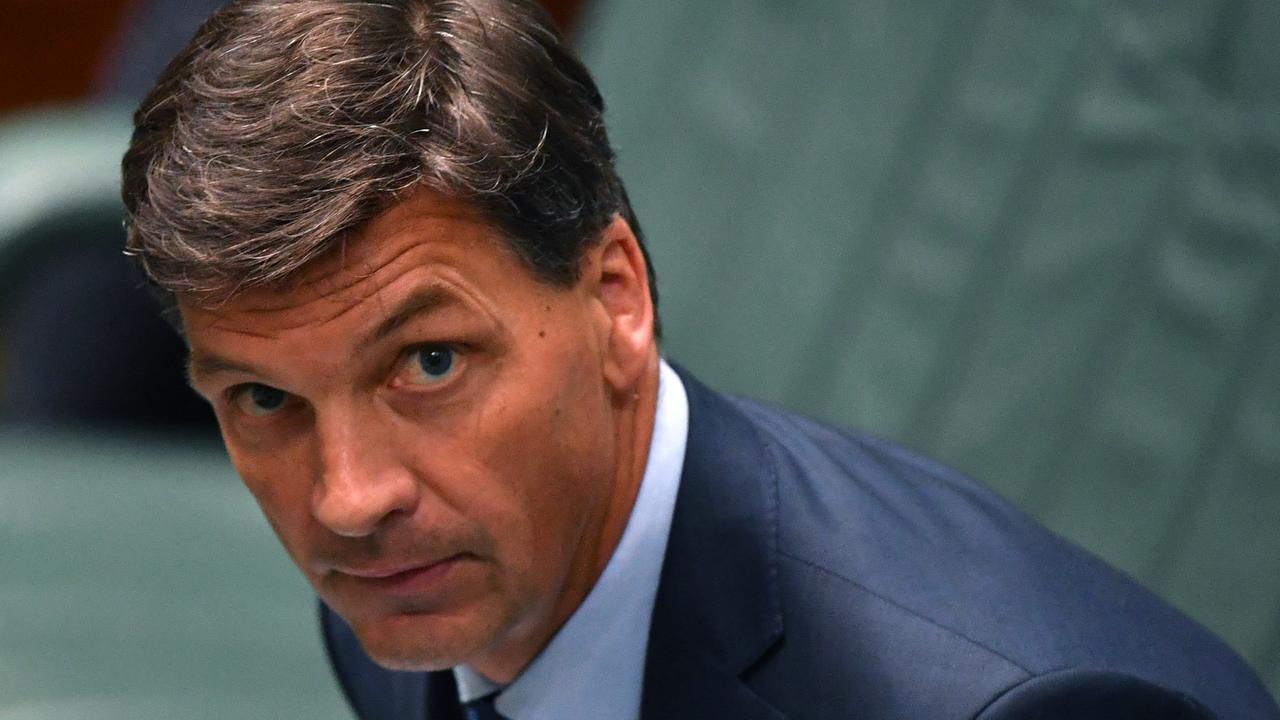Public service workforce falls to decade low
The number of bureaucrats working for the Australian Public Service is at its lowest level since 2006.

The number of bureaucrats working for the Australian Public Service is at its lowest level since 2006, with a total headcount of 152,095 employees.
Figures released today by Public Service Commissioner John Lloyd show a fall in employees from a peak of 167,331 in 2012.
The Australian can reveal more than half of the nation’s bureaucrats (57 per cent or 86,838 staff) work within four agencies, Human Services (DHS), the Australian Taxation Office (ATO), Defence and Immigration and Border Protection (DIBP).
Women also continue to outstrip men, occupying a majority of positions in the APS (59 per cent) and a majority of positions below the executive level 2. This figure is up from 57 per cent in 2007.
Women especially outnumber men at the APS4 classification — which accounts for 20 per cent of public service numbers — where women occupy almost 70 per cent of positions.
At the more senior executive service (SES) band 2 and 3 levels, about 60 per cent of the workforce is male.
But the proportion of women in the SES ranks has risen from 36 to 43 per cent since 2008 and there is a “consistent long-term trend towards parity in numbers”.
Part-time workers have also risen from 12 per cent of the public service in 2007 to 16 per cent of the total workforce in the most recent update, which appears in the latest edition of the Australian Public Service Statistical Bulletin.
App users tap here for best data experience
The proportion of men working part-time is significantly lower than women — 4.7 per cent compared with 23.7 per cent for women.
Other key findings in the report, which includes data from across 95 agencies, show the public service is ageing, with over-50s now representing 32 per cent of the workforce, up from only 25 per cent in 2007 and 21 per cent in June 2002.
The under-30 age group has fallen in parallel with increases in employees over 50 and is now running at 13 per cent — down from 18 per cent in 2002. Over the same period, the average age of the public service workforce has risen more than three years, from 40.2 to 43.3 years old.
Of the 152,095 staff, there are 137,255 ongoing workers (90.2 per cent) and 14,840 non-ongoing employees (9.8 per cent) of whom 6698 are employed on a “specified term or task” and another 8142 employed on an irregular basis.
The proportion of temporary workers has fallen from 11.4 per cent last year.
The statistical bulletin shows the ACT is home to 38 per cent of public servants — where more than one in every four workers are employed by government — while another 19 per cent of staff work in NSW and 17 per cent in Victoria.
There are 4821 indigenous Australians in the public service or 3.2 per cent of the workforce — up from 3935 or 2.5 per cent in 2007.
The number of people with disabilities has fallen to 5486 — down from 5602 in 2007 — but holding steady as a share of the public service at 3.6 per cent given the drop in overall APS workforce numbers.
The Australian can also reveal that as of June this year there were 14 public servants who classified themselves as being “gender X”, which refers to those who are of an indeterminate or unspecified sex.
The proportion of public service staff with a non-English- speaking background rose from 12.7 per cent in 2007 to 14.2 per cent in June this year.



